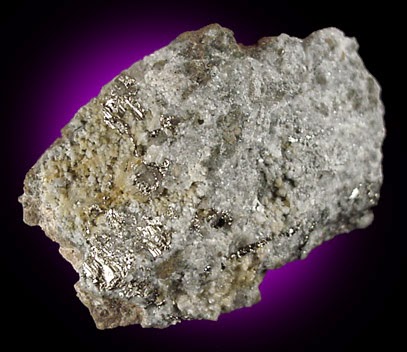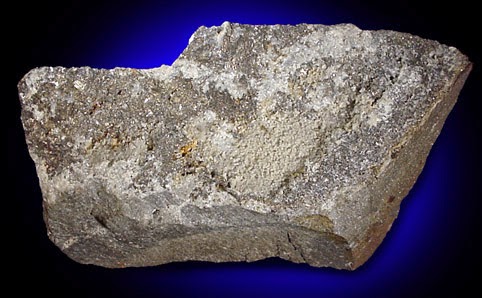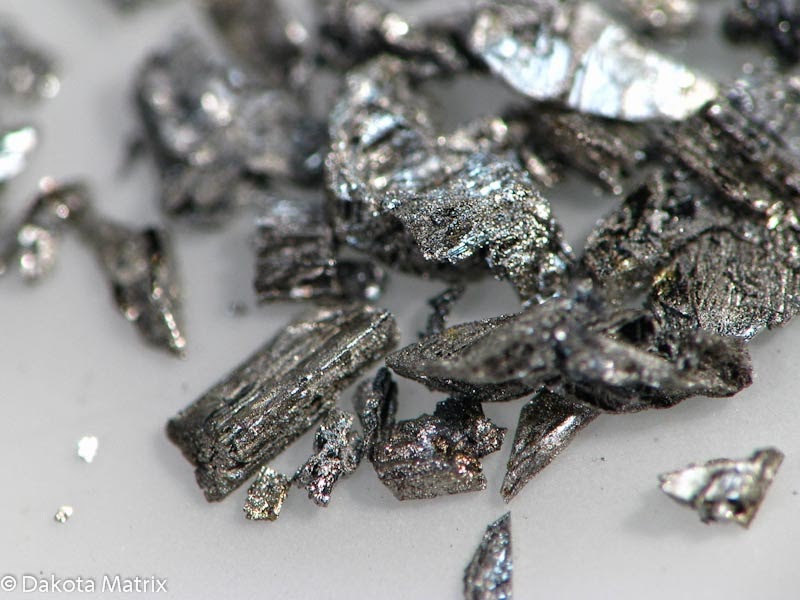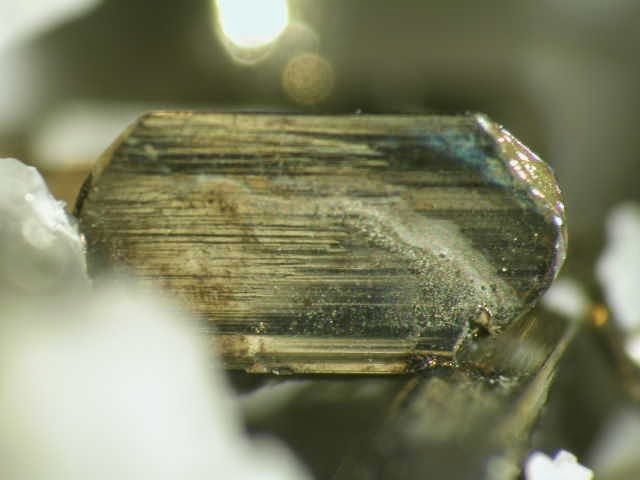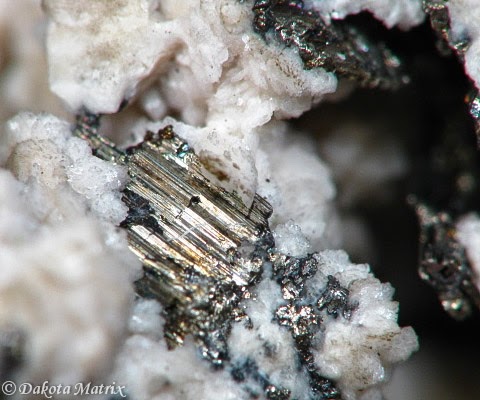
Chemical Formula: (Au,Ag)Te2
Locality: Sacarâmb (Nagyág, Szekerembe), Transylvania, Romania.
Name Origin: Named for Joseph A. Krenner (1839-1920), Hungarian mineralogist.
Krennerite is an orthorhombic gold telluride mineral which can contain a relatively small amount of silver in the structure. The formula is AuTe2 varying to (Au0.8,Ag0.2)Te2. Both of the chemically similar gold-silver tellurides, calaverite and sylvanite, are in the monoclinic crystal system, whereas krennerite is orthorhombic.
The color varies from silver-white to brass-yellow. It has a specific gravity of 8.53 and a hardness of 2.5. It occurs in high temperature, hydrothermal environments.
Krennerite was discovered in 1878 in Sacaramb, Romania, and first described by the Hungarian mineralogist Joseph Krenner (1839–1920).
Physical Properties
Color: White, Blackish yellow.
Density: 8.53
Diaphaneity: Opaque
Fracture: Conchoidal – Uneven – Uneven fracture producing small, conchoidal fragments.
Hardness: 2.5 – Finger Nail
Luminescence: Non-fluorescent.
Luster: Metallic
Streak: greenish gray
Photos :
